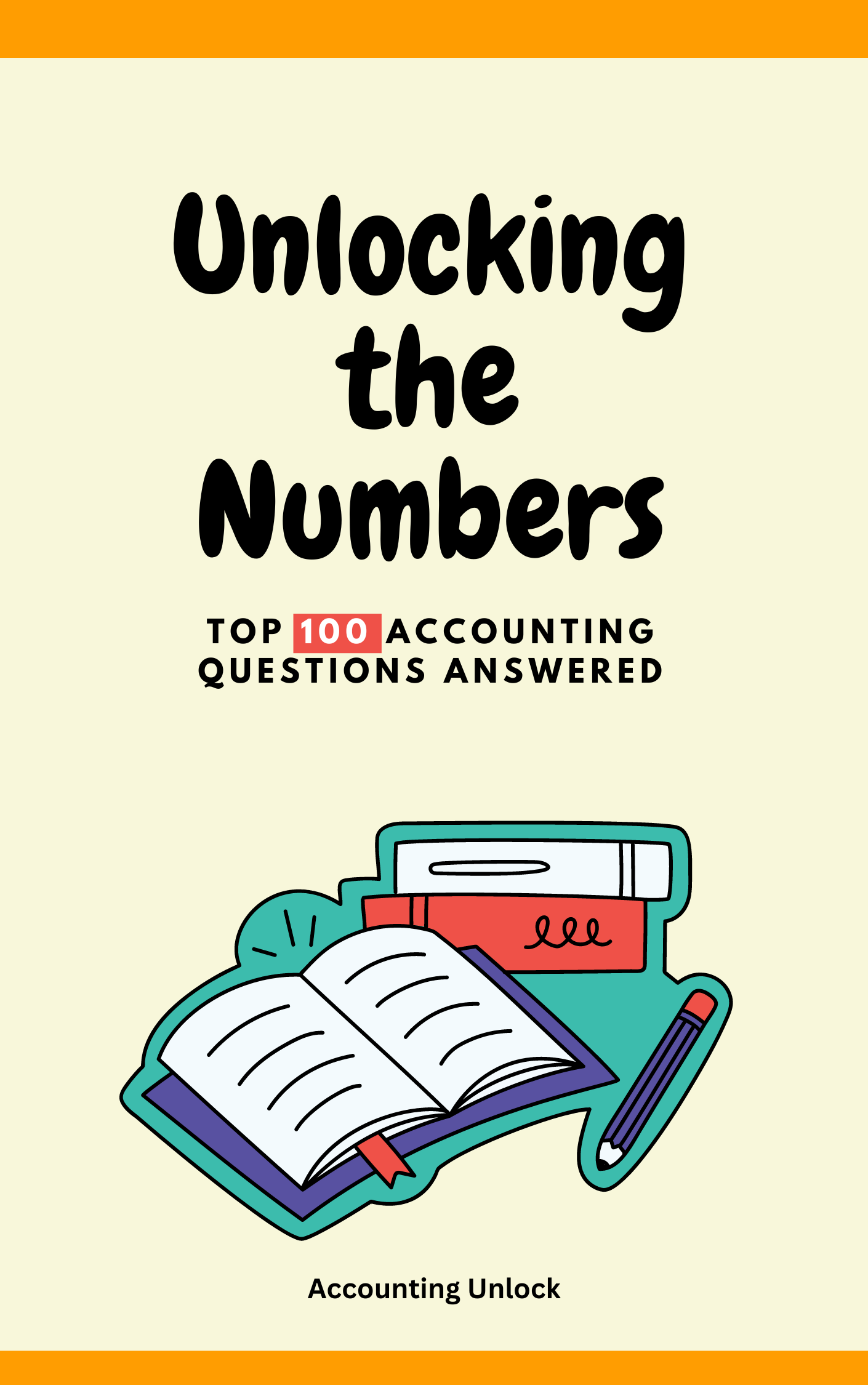What is Job Costing?
Job costing is a way of tracking how much money you spend and earn on each project or job that you do. It involves looking at the costs of labor, materials, and overhead for each job.
Labor is the money you pay to your workers or contractors.
Materials are the things you need to make or deliver your product or service.
Overhead are the other expenses that are not directly related to the job, such as rent, utilities, or insurance.
Job costing is useful for businesses that do different kinds of work for different customers, such as construction, printing, repair, or manufacturing. Job costing helps them to plan their budget, charge the right price, and measure their profit or loss for each job.
How Does Job Costing Work?
Job costing works by following these steps:
- Assign a job number. When you get an order from a customer, you give it a unique number that identifies the job. This number is used to track all the costs and revenue related to the job.
- Prepare a production order. This is a document that tells your workers what to do and how to do it for the job. It includes the description, specifications, quantity, quality, and delivery date of the job.
- Record the actual costs. As you work on the job, you keep track of how much money you spend on labor, materials, and overhead. You record these costs on a document called a job cost sheet, which shows the total cost of the job.
- Compare to the estimated costs. Before you start the job, you make an estimate of how much money you expect to spend and earn on the job. You compare this estimate to the actual costs to see if you are on budget or not.
- Calculate the profit or loss. When you finish the job and deliver it to the customer, you calculate how much money you made or lost on the job. You do this by subtracting the total cost of the job from the total revenue of the job.
Why Is Job Costing Important?
Job costing is important for several reasons, such as:
- It helps you to plan and manage your resources and costs for each job
- It helps you to charge the correct price for each job and avoid underpricing or overpricing
- It helps you to measure the profitability and efficiency of each job and improve your performance
- It helps you to provide accurate and transparent information to your customers and stakeholders
How Is Job Costing Handled?
Job costing is handled by using a system that records and reports all the costs and revenue of each job. This system can be manual or computerized, depending on the size and complexity of your business. Some of the tools and methods that you can use for job costing are:
- Job cost sheets. These are documents that show the details and totals of the costs of each job.
- Cost codes. These are codes that classify the costs into different categories, such as labor, materials, or overhead.
- Cost pools. These are groups of costs that are allocated to the jobs based on some common factor, such as direct labor hours, machine hours, or square feet.
- Cost drivers. These are factors that cause the costs to change, such as the number of units, the complexity of the job, or the quality of the materials.
- Variance analysis. This is a technique that compares the actual costs to the estimated costs and explains the differences or variances.
Key Points about Job Costing
Here are some key points about job costing:
- Job costing is a way of tracking how much money you spend and earn on each project or job that you do
- Job costing involves looking at the costs of labor, materials, and overhead for each job
- Job costing is useful for businesses that do different kinds of work for different customers
- Job costing helps you to plan your budget, charge the right price, and measure your profit or loss for each job
- Job costing is handled by using a system that records and reports all the costs and revenue of each job





